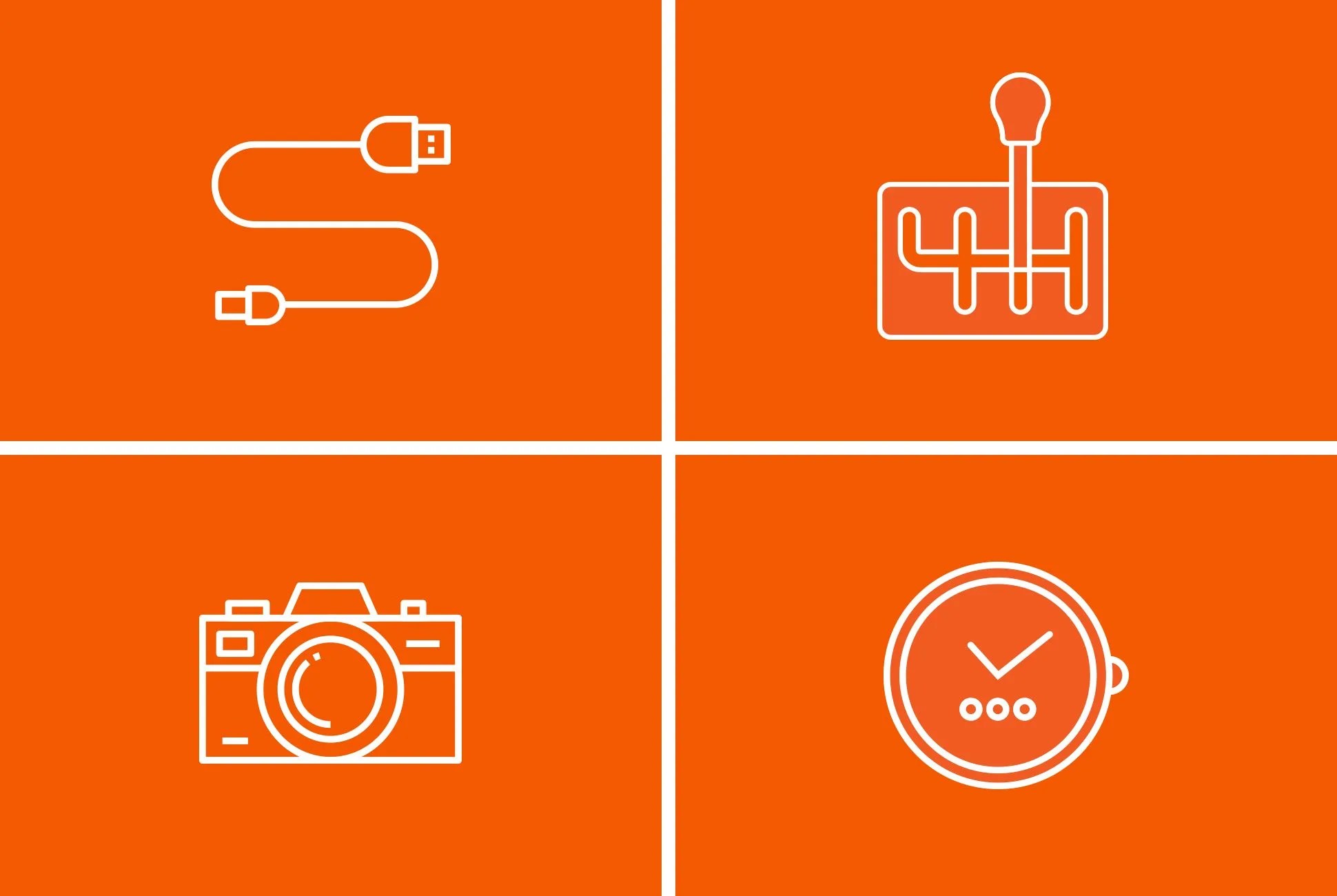To kick off 2017, I asked our team for their predictions in the wide world of product innovation and culture in 2017. Here’s what they had to say. We’ll keep tabs on this page as the year chugs along and see what comes to fruition.
— Eric Yang, Editor in Chief
Have your own thoughts? I’d love to hear them. Submit them to this form (anonymously, if you’d like) and we’ll share them in the coming weeks. C’mon, you know you’ve got something to say.
The Product Industry

Rethinking the status quo: Warby Parker, Dollar Shave Club, Casper, Away…the explosive success of these pioneering brands is just the start of a total overhaul in consumer goods. Think about the laundry list of products you’re likely to find in every American home. It’s a good bet that a hyper-focused startup intent on shaking up the category by modernizing the production and shopping experience will pop up in 2017. — Ben Bowers, Managing Editor

AI is the new software: Touch screens and their companion software revolutionized how we interact with technology. Now it’s AI’s turn. The success of Amazon’s Alexa, as well more recent players like Google Home and Facebook Messenger bots, are the first shots fired in a new war. Whoever develops the best mastery of natural language interpretation and response will win in 2017 and beyond. My bet? The company with oceans of data on how humanity hunts for information and communicates via email — a.k.a. Google. — Ben Bowers























